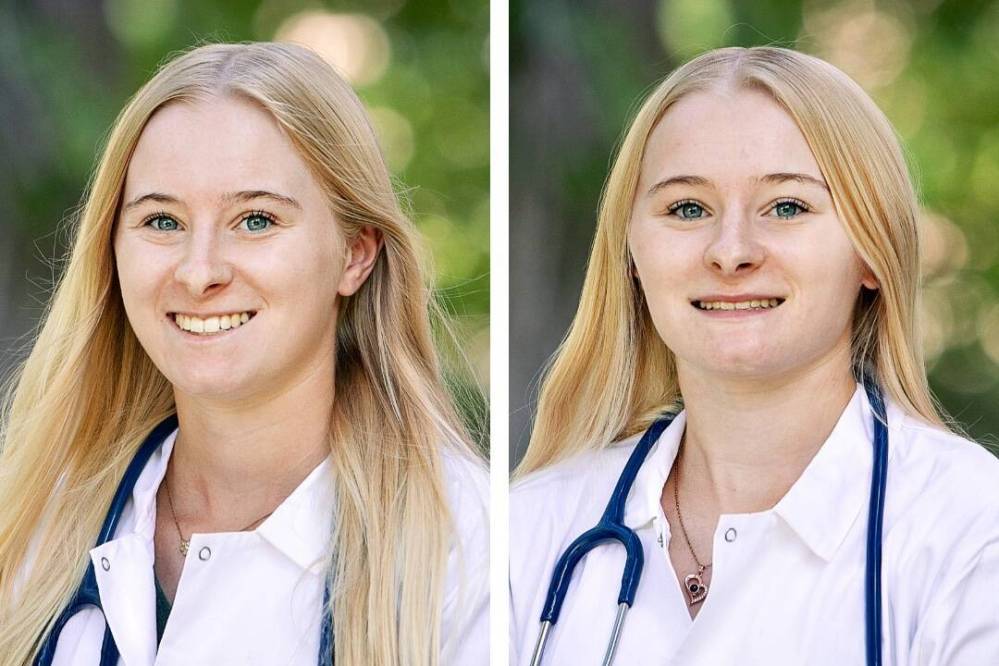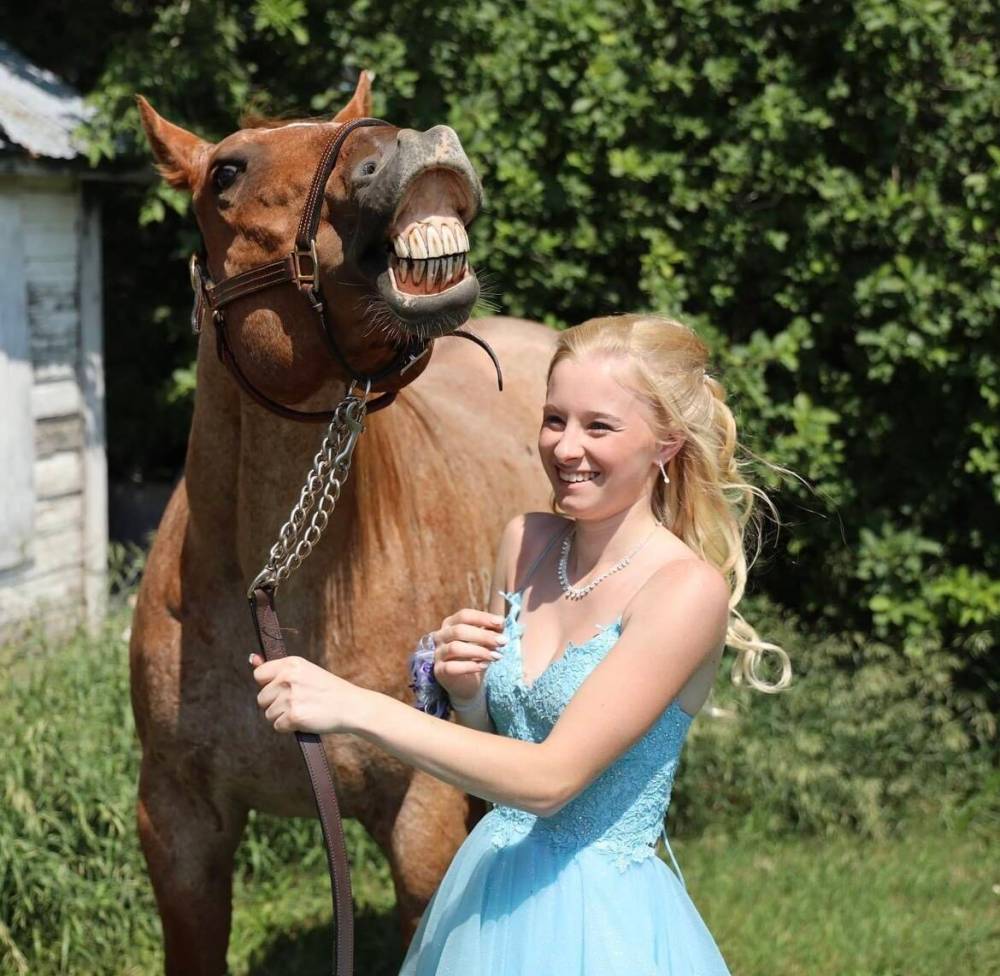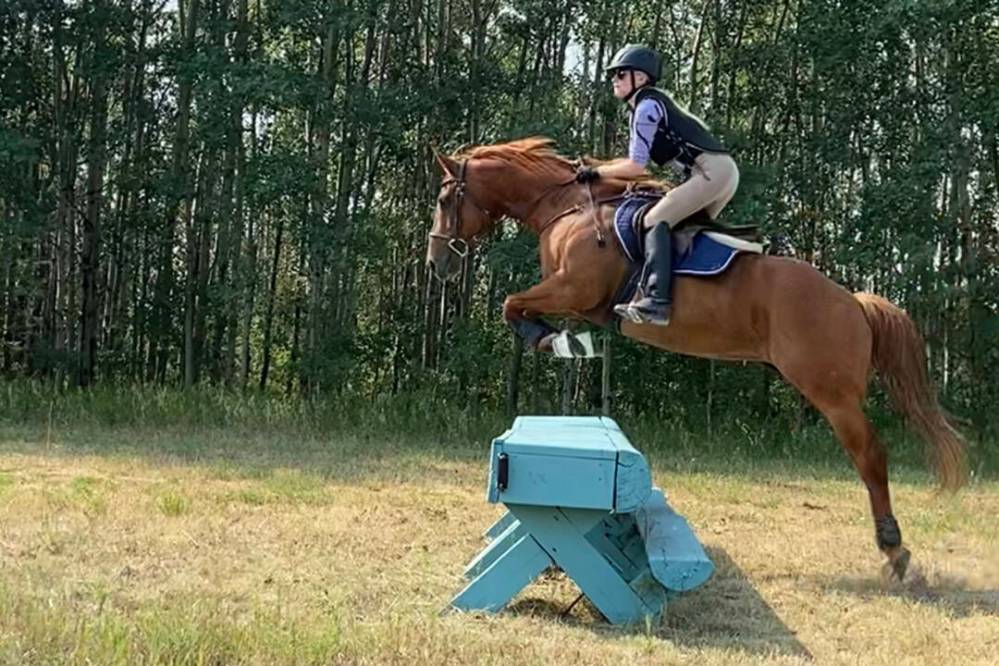Need a vet? Why not become one?
Advertisement
Read this article for free:
or
Already have an account? Log in here »
We need your support!
Local journalism needs your support!
As we navigate through unprecedented times, our journalists are working harder than ever to bring you the latest local updates to keep you safe and informed.
Now, more than ever, we need your support.
Starting at $15.99 plus taxes every four weeks you can access your Brandon Sun online and full access to all content as it appears on our website.
Subscribe Nowor call circulation directly at (204) 727-0527.
Your pledge helps to ensure we provide the news that matters most to your community!
To continue reading, please subscribe:
Add Brandon Sun access to your Free Press subscription for only an additional
$1 for the first 4 weeks*
*Your next subscription payment will increase by $1.00 and you will be charged $20.00 plus GST for four weeks. After four weeks, your payment will increase to $24.00 plus GST every four weeks.
Read unlimited articles for free today:
or
Already have an account? Log in here »
Hey there, time traveller!
This article was published 28/11/2024 (357 days ago), so information in it may no longer be current.
As Manitoba’s agricultural industry thrives and pet ownership rises, so does the need for skilled veterinarians. However, a looming shortage underscores the need to inspire and support the next generation of animal health professionals like Kaylee and Madisyn Fulcher.
The identical twin sisters from Birtle grew up surrounded by animals, and shared a love of veterinary science that blossomed through 4-H programs, the Canadian Pony Club and volunteer stints at local veterinary clinics. They are now both first-year students at the Western College of Veterinary Medicine (WCVM) in Saskatoon.
While Madisyn credits her time at the Russell and District Veterinary Clinic for sparking her dream to become a clinician, seeing the shortage of veterinarians in her community firsthand pushed her to follow through.

“I just had this feeling inside of me that this was something that I would be able to do if I put in the time and the effort that was needed,” she told WCVM Today. “Even though I might not be able to improve the overall problem, I can be a step in the right direction and help the people in my community to have more reliable and faster access to vet care.”
Meanwhile, Kaylee found her confidence in university courses on anatomy and livestock diseases. Both sisters are now pursuing their Doctor of Veterinary Medicine (DVM) degrees at the WCVM, and ultimately hope to open a joint practice in Manitoba.
Building the Pipeline: Education and Support
The WCVM, based at the University of Saskatchewan, has served as the regional veterinary college for the western provinces and northern territories since 1963. Each year it accepts 20 Manitoba students into its DVM program, including five agriculture-focused seats, introduced in 2022, to help address rural vet shortages.
“These five new ‘agriculture-focused’ seats are allocated for students who are more likely to work in a large animal or rural mixed animal veterinary practice once they complete the DVM program,” said WCVM’s Myrna MacDonald. “Over time, we expect to see a rise in applicants who qualify for these seats.”
On average, about half of the enrollees from Manitoba come from smaller communities or farms.
Inspiring the Next Generation

To meet Manitoba’s veterinary needs, the WCVM has launched outreach initiatives to encourage rural and Indigenous youth to pursue careers in veterinary medicine. The admissions team maintains regular contact with Manitoba universities and pre-vet clubs and participates in events like the Royal Manitoba Winter Fair to connect with youth interested in animal health.
A recently launched pilot program engages WCVM students to deliver presentations in their home communities during school breaks to create awareness about the college’s programs and career options within animal health.
Getting Started
Becoming a veterinarian is a rigorous process. WCVM applicants must complete at least 60 pre-veterinary credits with a minimum cumulative average of 75%. Significant hands-on experience with animals and veterinary practices is essential, while agriculture-focused seats also consider non-academic qualities like leadership, motivation and practical experience.
Veterinary Education Options for Manitoba Students
Local students interested in pursuing veterinary medicine have several ways into vet school. The University of Manitoba offers pre-veterinary courses through its Faculty of Agricultural and Food Sciences. The university also offers programs in animal sciences and biosciences.
Beyond Manitoba, students can apply to other Canadian veterinary schools, including the Ontario Veterinary College at the University of Guelph, the Faculty of Veterinary Medicine at the University of Calgary, the Atlantic Veterinary College at the University of Prince Edward Island and the Faculté de médecine vétérinaire at the Université de Montréal. Each school offers unique strengths, such as specialized research programs, bilingual studies or diverse clinical experiences. Students may also consider accredited international programs in the United States, the United Kingdom or Australia.

Rewarding Careers in Veterinary Medicine
A career in veterinary medicine offers not only meaningful work but competitive salaries. In Manitoba, veterinary surgeons earn on average $103,785 a year, with top earners making $156,000. Small animal veterinarians average $108,022 a year, with top earners making up to $143,000. Veterinary practice owners average $166,571 a year, with employee salaries ranging from $22,000 to $325,000 depending on the staffer’s role and skills. Government veterinarians have a median salary of $115,000, whereas private practice veterinarians average $98,000. High-paying specialties, such as veterinary radiology and emergency care, further enhance the earning potential.
A Bright Future
For those, like the Fulcher sisters, who are passionate about animals and their well-being, veterinary medicine can offer not just a career but a calling in a in-demand and growing field.
